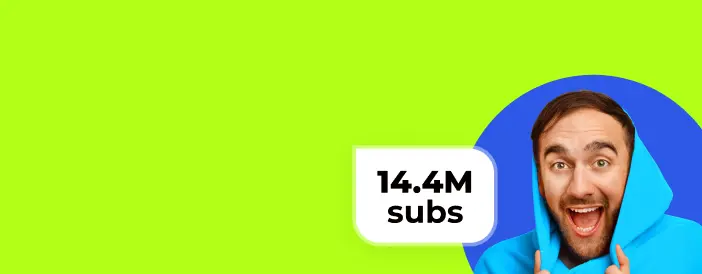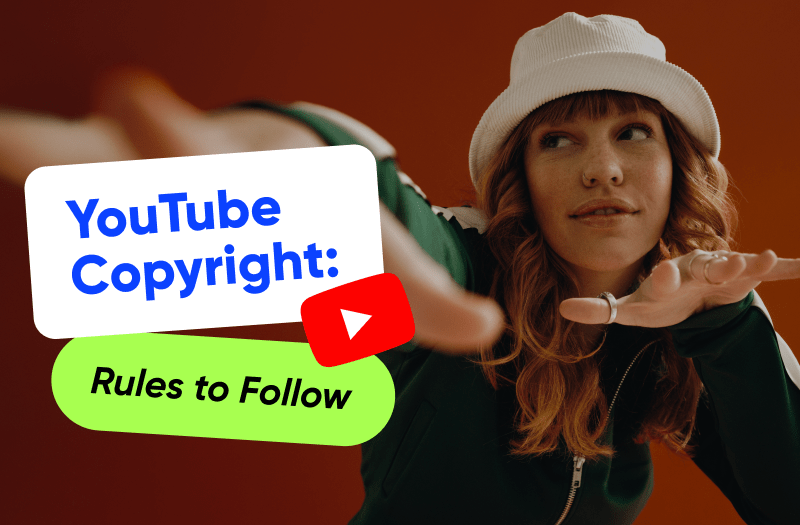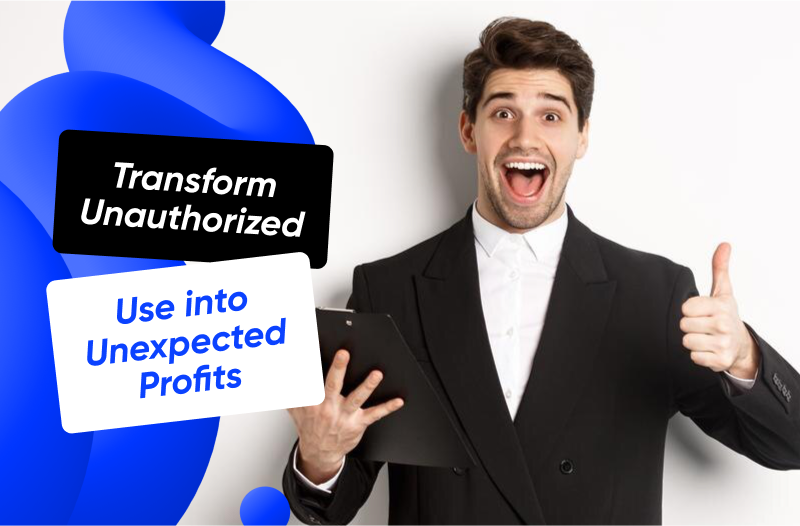
Worried about how to keep your content from YouTube DMCA strikes and copyright issues? Anxious about the risk of takedowns or strikes messing with your channel's success and reputation?
YouTube is an incredible platform for sharing your content with the world, but it’s also a place where copyright issues can quickly throw a wrench in your success. Dealing with YouTube’s copyright policies, especially regarding DMCA strikes, can feel overwhelming if you’re unfamiliar with the ins and outs. In this guide, we’ll explain some practical tips to help you avoid YouTube DMCA strikes and copyright issues.
YouTube Copyright System
YouTube uses a Content ID tool that automatically scans your videos for copyrighted material – especially music. When Content ID flags something, the copyright holder gets to decide what happens next: they might choose to monetize your video, mute it, or block it entirely. Sometimes, you could even receive a DMCA strike, which can seriously impact your channel.
What’s the Deal with YouTube DMCA Strikes?
A DMCA (Digital Millennium Copyright Act) strike is a big deal. It’s a legal action a copyright holder takes when their content is used without permission. If you get hit with a DMCA strike on YouTube, here’s what can happen:
- Monetization Restrictions
You might lose the ability to monetize your videos for 90 days.
- Account Termination
If you get three strikes, your channel could be permanently taken down.
- Content Removal
The videos violating copyright will be removed from the platform.
Tips on how to protect yourself from YouTube DMCA Strikes and Copyright Issues
1. Stick to Original Content
The best way to avoid copyright issues? Create your own stuff. Whether it’s music, images, or videos, owning your content means you have full control and won’t have to worry about copyright claims.
2. Get to Know YouTube’s Copyright Policies
Familiarizing yourself with YouTube’s copyright rules can save you a lot of headaches. Understanding these policies, especially how strict YouTube is with music, will help you avoid accidental infringements and YouTube copyright strikes.
3. Use Royalty-Free or Licensed Music
Looking to add music to your YouTube videos? Platforms like Epidemic Sound, Lickd or Track Club offer music that's safe for YouTube, but remember to double-check that your license covers YouTube use.
As an AIR Media-Tech partner, you get free access to over 32,000 tracks from Epidemic Sound, giving you high-quality, royalty-free music at your fingertips. Want to level up your content with this library of licensed music? Join AIR Media-Tech and start creating with confidence!
4. Credit Alone Isn’t Enough
Just giving credit to the original creator won’t cut it. You need explicit permission or a license to use copyrighted material. Otherwise, you’re at risk of getting a DMCA strike.
5. Check for Content ID Matches
After uploading, YouTube’s Content ID system scans your video for copyrighted material. If something gets flagged, you’ll get a notification. If you have the proper licenses, you can dispute the claim. If not, you might need to replace the content.
Dealing with YouTube’s copyright rules can be a hassle, but AIR Media-Tech is here to help. We offer expert guidance on YouTube content while minimizing the risk of copyright claims. Join AIR Media-Tech, and you’ll have access to resources that ensure your content complies with YouTube’s policies, so you can focus on what you do best – creating.
6. Avoid Using Clips from Movies or TV Shows
Using clips from movies or TV shows without permission is a common mistake that can lead to a DMCA strike. Even if you think it falls under “fair use,” it’s better to steer clear unless you’re well-versed in copyright law.
7. Make Your Content Transformative
Fair use allows you to use copyrighted material for commentary, criticism, or parody, but it’s not a guaranteed right – it’s a legal defense evaluated case by case. To minimize risk, ensure your use is highly transformative and doesn’t substitute the original work.
8. Leverage Creative Commons Licenses
Creative Commons licenses allow creators to share their work under specific conditions. You can use Creative Commons content in your videos, but always follow the license terms, like giving appropriate credit.
9. Use YouTube’s Audio Library
YouTube offers a free Audio Library with music and sound effects you can use in your videos. It’s a great resource for avoiding copyright issues since everything in the library is cleared for use.
10. Don’t Re-upload Others’ Content
Re-uploading someone else’s content without permission is a fast track to a DMCA strike. Even if it’s just a clip, make sure you have the rights to use it, or you could face serious consequences.
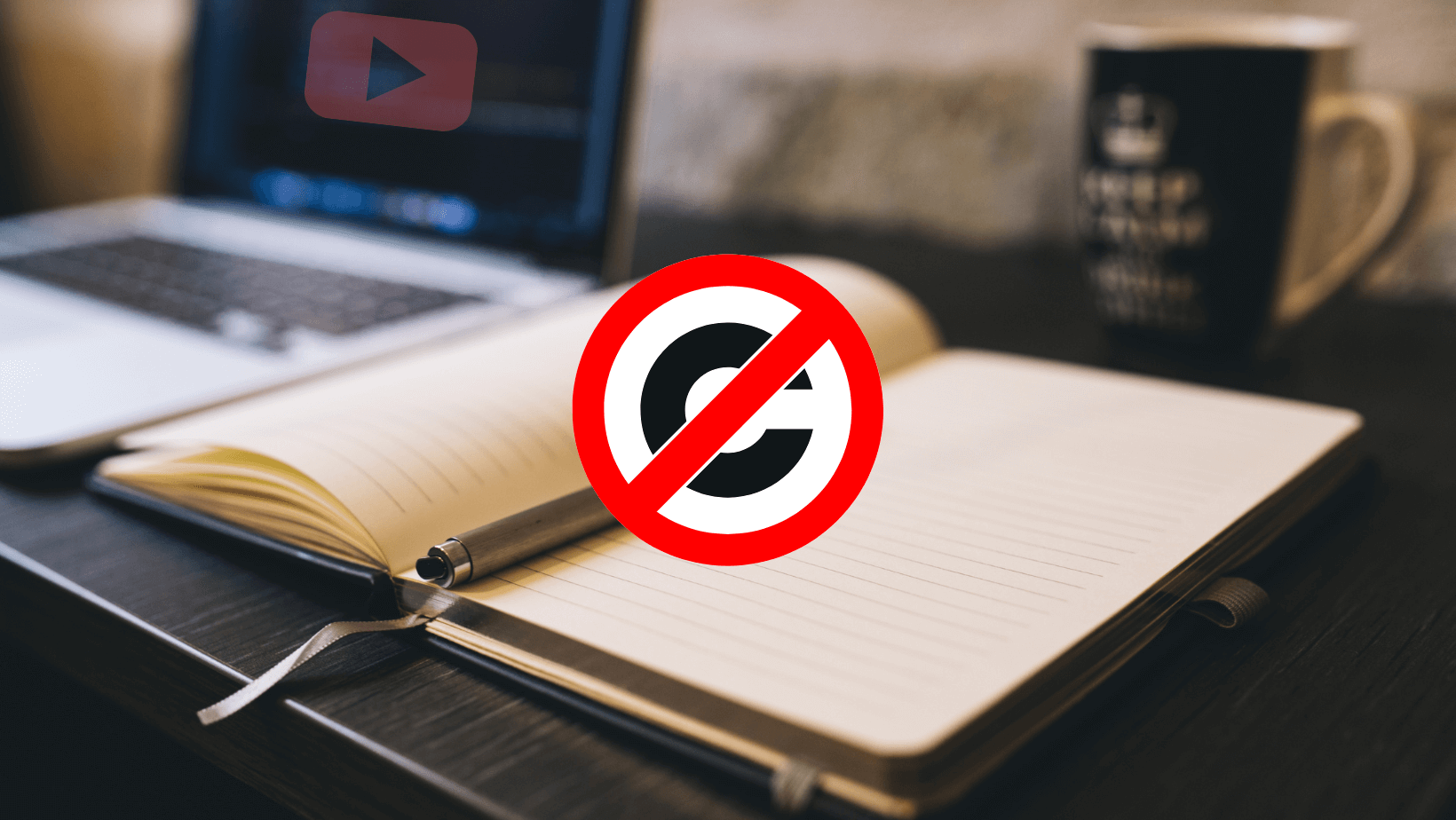
Handling YouTube Copyright Claims and Strikes
So, how to fix copyright claims on YouTube?
You might still get a copyright claim or strike even with the best precautions. Here’s what to do with YouTube copyright disclaimer:
- Dispute the Claim
If you think the claim is wrong and you have the necessary permissions, go ahead and dispute it – just be ready to show proof.
- Contact the Copyright Holder
Sometimes, reaching out to the copyright holder directly can help resolve the issue, especially if the infringement was unintentional.
- Submit a Counter-Notification
You can submit a counter-notification if you get a DMCA strike and believe it’s an error. Just remember, this is a legal process, and misusing it can have serious consequences.
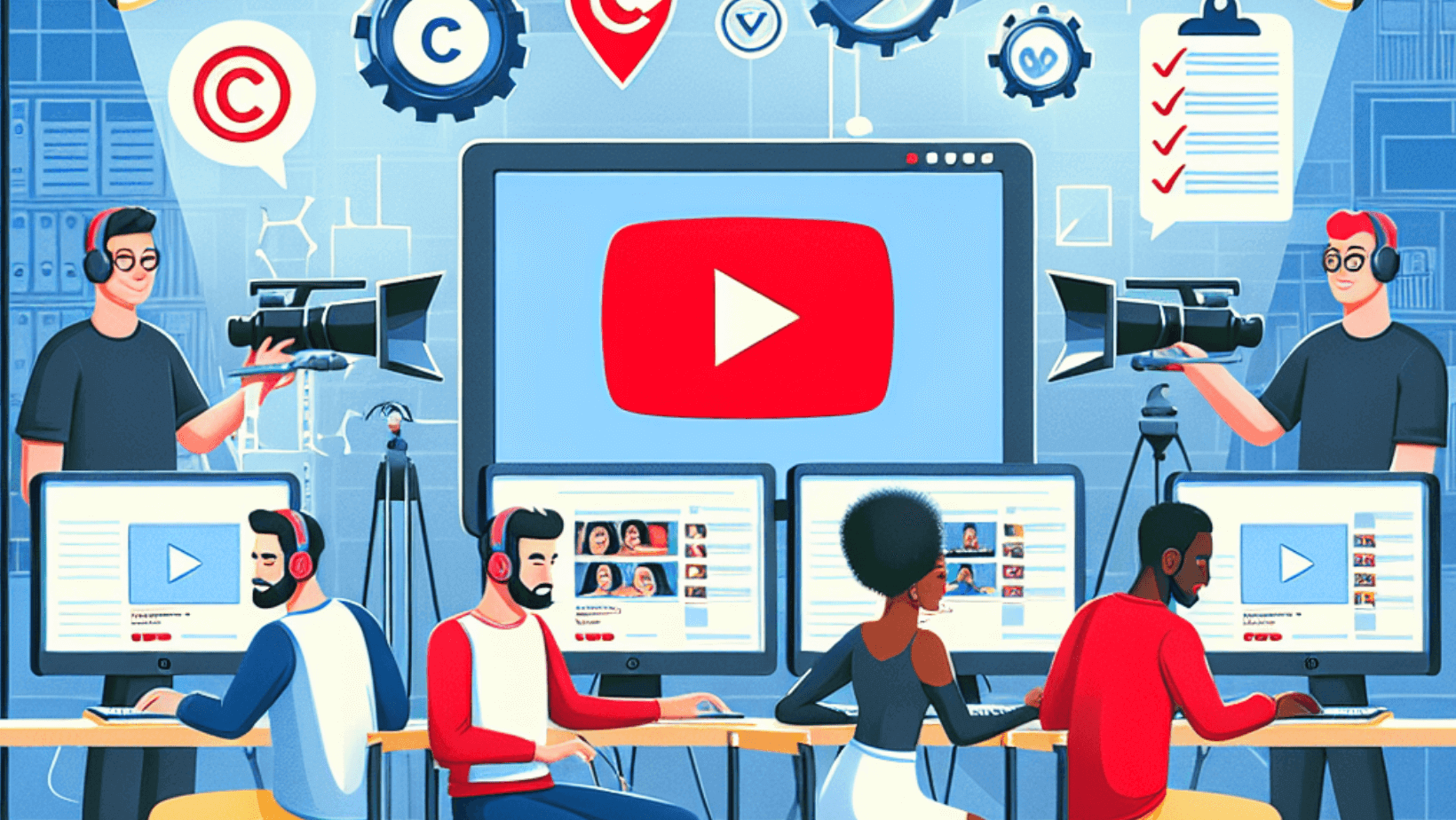
Dodging DMCA strikes and copyright issues on YouTube means understanding the YouTube DMCA policy rules and managing your content carefully. By following these tips, you can keep your channel safe from copyright disputes and keep your content online and monetized.
If you’re serious about your YouTube career, consider joining AIR Media-Tech. We’ll help you with the tricky world of YouTube content and steer clear of copyright issues. Your creative journey deserves to be smooth and successful – let AIR Media-Tech guide the way.
